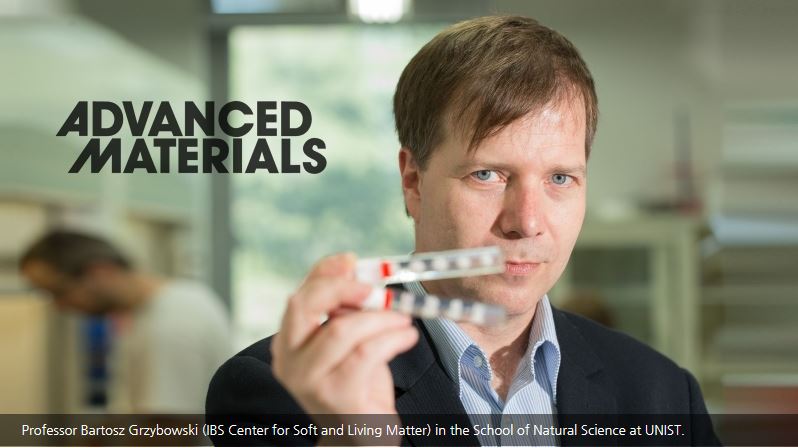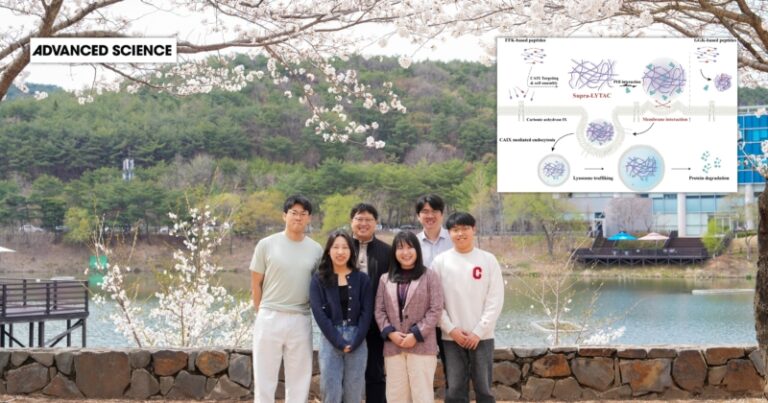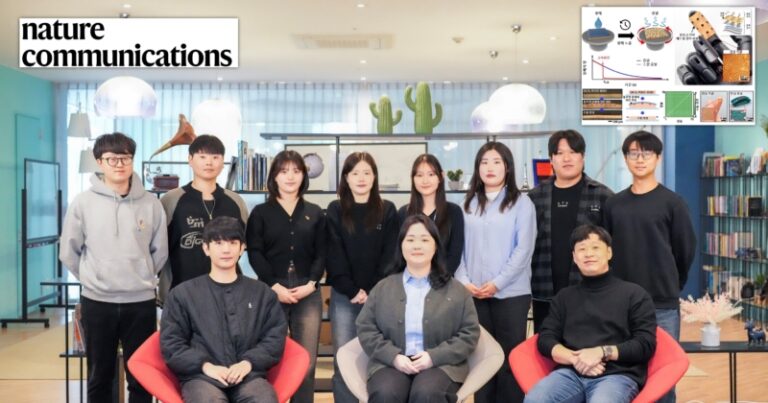Some of nature’s most exquisite patterns; leaves around a plant’s stem, scales on a pine cone, and the tail of some viruses, consist of small objects decorating a cylindrical chassis with a specific pattern. Nature’s preferred method of building is through self-assembly, the process in which individual components autonomously and spontaneously organize into ordered structures. Taking inspiration from nature, scientists at the Center for Soft and Living Matter, within the Institute for Basic Science (IBS, South Korea), found the conditions necessary for dynamically building large structures from small objects within spun cylinders. While nature offers us beautiful examples of patterns, such as strands of DNA, recreating the same tubular structures in the laboratory has been difficult, especially if two or more kinds of particles are used together.
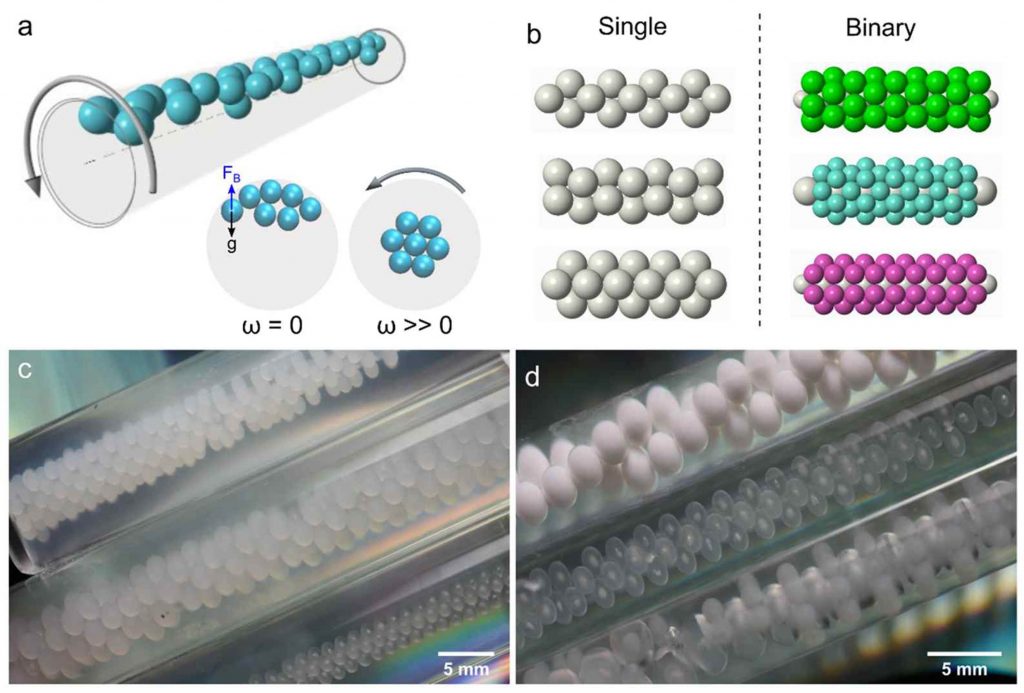
The researchers devised a method to compact various particles or the shape of bubbles within a cylinder by exploiting the centripetal force of a rotating fluid. Due to this force, higher density fluid is pushed out while lower density material is driven to the center. As the denser (heavier) liquid rotates, the lighter particles within the cylinder arrange in a tubular assembly. Previous tubular assemblies have been studied in a completely different way, such as stamping frames. Creating tubular crystals under non-equilibrium conditions of a rotating frame of reference is a conceptually new attempt at their self-assembly. By using this method, it is possible to make tubular crystals out of two kinds of particles, which had not been made before.
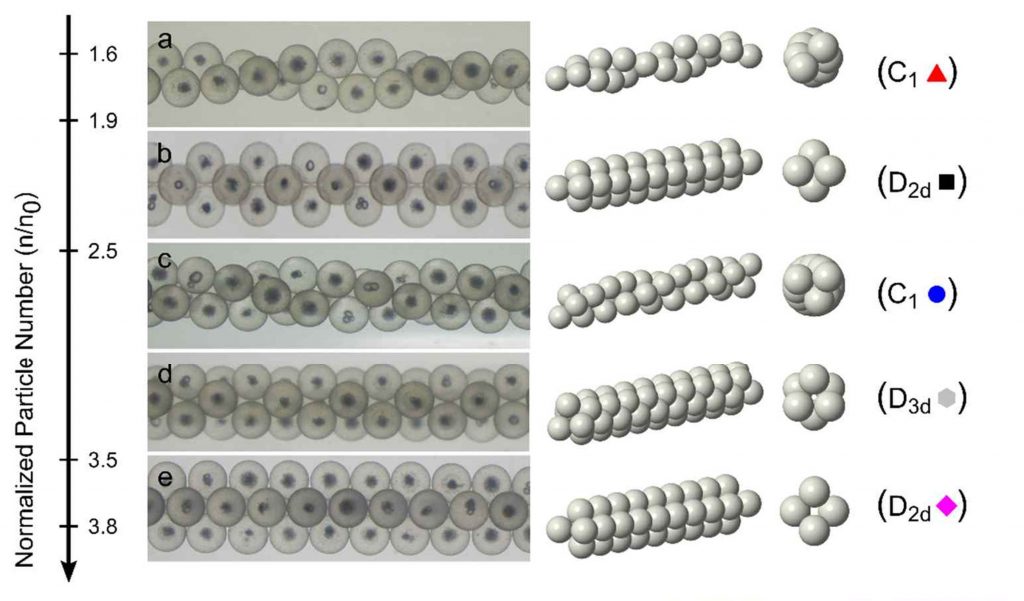
The first author, Lee Tae-hoon, a graduate student, said, “This study can be extended to various systems, including soft entities, such as bubbles or maybe even living cells.” It is believed that this work will contribute to the creation of various shapes of microcomposites in which the particles could reach colloidal dimensions, making these structures useful in, for example, photonics applications.
Science Writer
Institute for Basic Science (IBS), Korea
Story Source
Materials provided by IBS Center for Soft and Living Matter.
The online version of the original article can be found HERE.
Taehoon Lee, Konrad Gizynski, and Bartosz A. Grzybowski, “Non-equilibrium self-assembly of mono- and multicomponent tubular structures in rotating fluids”, Advanced Materials (2017); DOI: 10.1002/adma.201704274
Nov 17, 2017 Joo Hyeon Heo (Public Relations Team)
http://news.unist.ac.kr/spinning-cylinders-to-recreate-natures-patterns/
